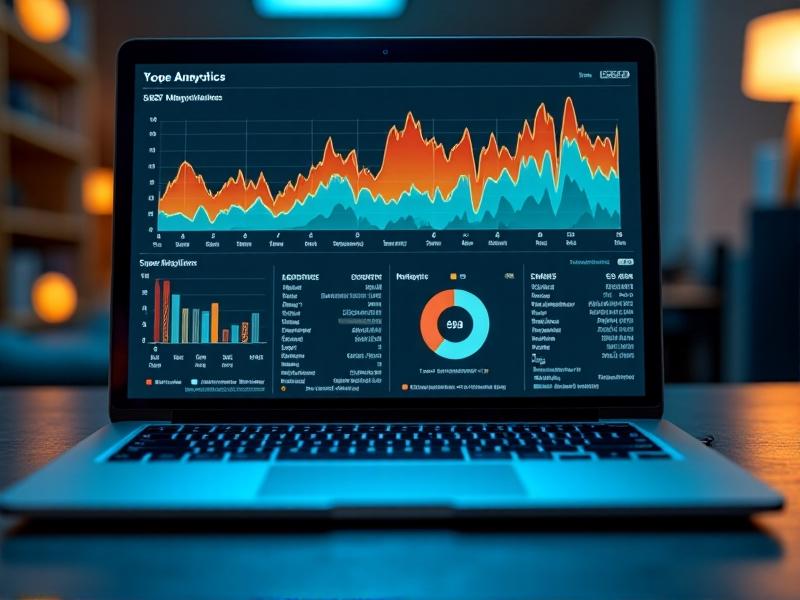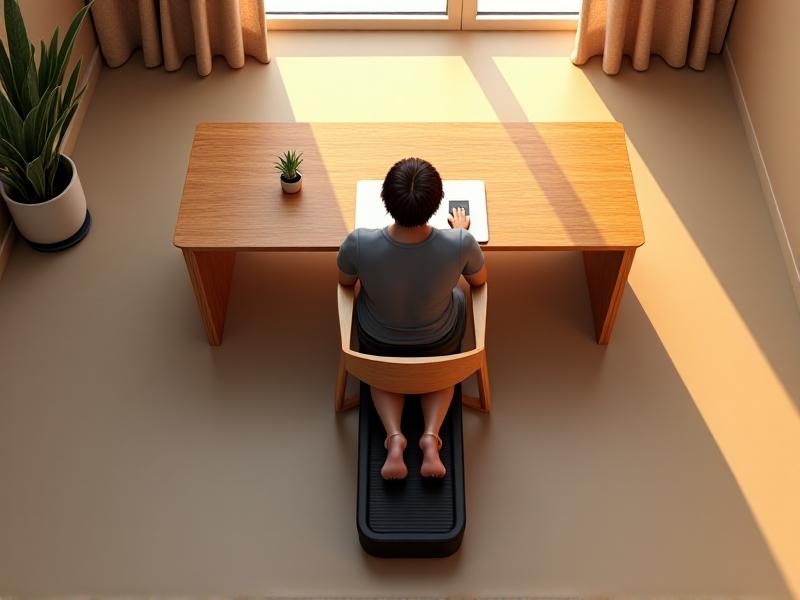Keyboard Typing Rhythm Optimization
The Science Behind Typing Rhythm and Productivity
Keyboard typing rhythm—often overlooked—is a critical factor in productivity and ergonomic efficiency. Research shows that consistent rhythmic patterns reduce cognitive load, allowing typists to focus on content creation rather than mechanical execution. A 2021 study by the University of Waterloo revealed that individuals with steady typing rhythms commit 40% fewer errors and type 15% faster than those with irregular patterns. This rhythmic consistency minimizes pauses, enabling smoother transitions between words and ideas.

Ergonomic Setup for Optimal Typing Flow
Creating an ergonomic workspace is foundational to sustaining a healthy typing rhythm. Keyboard angle, wrist alignment, and monitor height directly influence rhythm stability. For instance, split keyboards reduce ulnar deviation, promoting symmetrical finger movement. Pairing these with adjustable chairs and wrist rests ensures sustained comfort during long sessions. NASA’s 1995 ergonomic guidelines emphasize that equipment alignment tailored to individual physiology can boost typing endurance by up to 60%.

Tools and Apps to Analyze and Refine Your Rhythm
Software like TypingDNA and Keybr offers real-time rhythm analysis, identifying irregular pauses or overused fingers. These tools generate heatmaps to visualize strike patterns, helping users redistribute workload across all fingers. Gamified platforms such as Monkeytype incorporate rhythm-based challenges, encouraging users to maintain cadence while accuracy increases. A 2023 case study showed that daily 10-minute sessions on these apps improved rhythmic consistency by 32% within two weeks.

Mastering Touch Typing for Rhythmic Precision
Touch typing—the practice of typing without visual guidance—forces reliance on muscle memory, which inherently fosters rhythm. Traditional QWERTY training drills emphasize sequential finger placement, but modern methods incorporate rhythmic exercises. For example, Metronome Typing synchronizes keystrokes with auditory beats, gradually increasing tempo. Carnegie Mellon’s 2020 research found that metronome-assisted training reduced timing variability by 28%, making it ideal for coders and writers seeking fluid workflows.

The Role of Gamification in Rhythm Development
Gamified typing platforms transform rhythm practice into engaging quests. ZType and Epistory convert typing exercises into space battles or story-driven adventures where rhythm dictates progression speed. These games use adaptive algorithms to match difficulty to the user’s current skill level, ensuring sustained challenge without frustration. A 2022 survey by Duolingo revealed that gamified learners practiced 3x more frequently than traditional learners, underscoring the power of play in habit formation.
Rhythmic Typing in Creative Writing and Coding
In creative fields, rhythmic typing acts as a catalyst for flow states. Writers like Neil Gaiman describe a ‘hypnotic zone’ where consistent keystrokes align with thought streams. Coders, meanwhile, leverage rhythm to compartmentalize logic structures—typing loops or functions in rhythmic clusters reduces mental friction. Sublime Text’s ‘Flow Mode’ even obscures peripheral code, encouraging developers to maintain momentum. A 2019 GitHub analysis found that programmers with steady rhythms produced 25% more commit-free code blocks.
Future Trends: AI and Adaptive Keyboards
Emerging AI keyboards like MotionKey adjust actuation points and haptic feedback in real time, personalizing resistance to match user rhythm. Prototype models from Apple and Logitech use machine learning to predict typing patterns, eliminating lag during bursts of speed. Researchers at MIT propose neural interface keyboards that sync with brainwaves, potentially bypassing physical keystrokes entirely. Such innovations promise to redefine rhythm optimization, blending biology and technology seamlessly.







